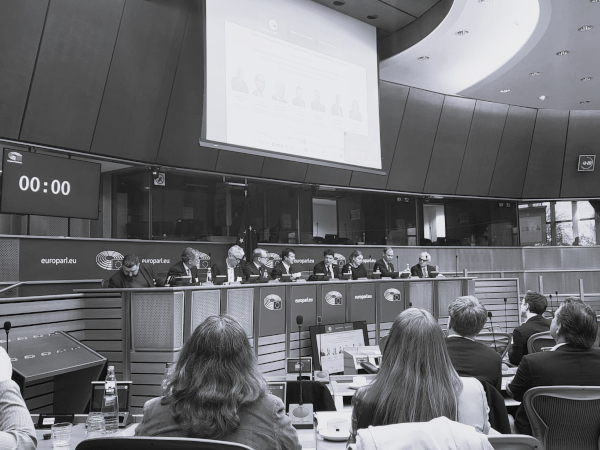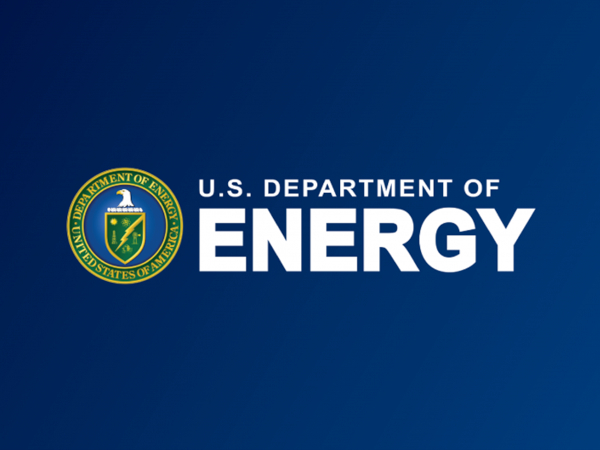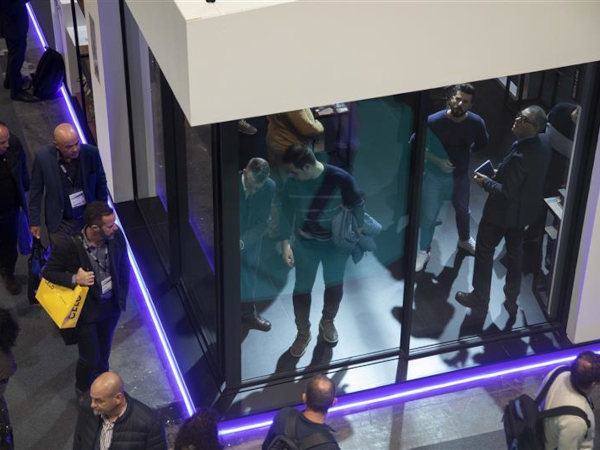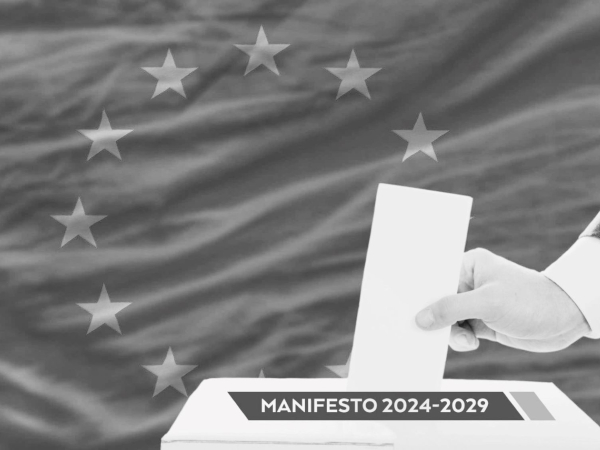Date: 26 November 2013
Nampak’s sustainability is reliant on its ability to produce packaging that is economically, socially and environmentally friendly.The company is aware that the benefits of packaging have to be balanced with the depletion of natural resources, the generation of packaging waste, the efficient use of energy and their carbon footprint.
The ISO 50001:2011 is available to any organisation wishing to ensure that it conforms to its stated energy policy and follows a systematic approach in achieving continual improvement of energy performance, including energy efficiency, energy use and energy consumption.
Glass packaging is an energy intensive business, and although active energy management practises are already applied at Nampak Glass, the systematic processes and procedures of ISO50001: 2011 will enhance further energy efficient practices.
The Energy Management system certified on ISO 50001:2011 re-enforces that Nampak Glass is a responsible sustainable packaging manufacturing company. It further illustrates that standards are applied in the production environment and manufacture of glass containers.
The ISO50001:2011 assists Nampak Glass in focussing on energy usage in the process of glass making through energy efficient new innovative designs and energy consumption awareness throughout the operation.
In order to improve energy efficiency, reduce cost and ultimately improve the carbon footprint of the business, Nampak Glass will be using the latest energy efficient technology at their third furnace. The introduction of pre-heater technology into the furnace is projected to reduce energy consumption of the batch melting process. The increased heat content in flue gas from aging furnaces can be recovered by the preheater.
Settling dams will be installed allowing for the more effective management of waste as well as a more energy efficient manner in which to recycle water in the plant.
Nampak participates in extensive recycling initiatives and continues to invest significant time and resources into the development of more sustainable products. Through the development of innovative packaging that is lighter and has a higher proportion of recyclable content, Nampak contributes significantly to the reduction of packaging waste and resource usage. Nampak Glass are also certified to FSSC 22000; PAS 223; ISO14001; OHSAS 18001, with SABS.
Nampak Glass is currently in the process of implementing ISO 22301:2012 and will certify the system early in 2014. The ISO 22301:2012 provides a framework for organisations, by which they can be prepared to handle any type of disruption, through business continuity management systems (BCMS). This certification also helps organisations protect against, respond to, and recover from any disruptive incidents that may arise. Nampak Glass will use ISO 22301:2012 to both measure itself and demonstrate that they are adhering to good BCMS practice.







Add new comment